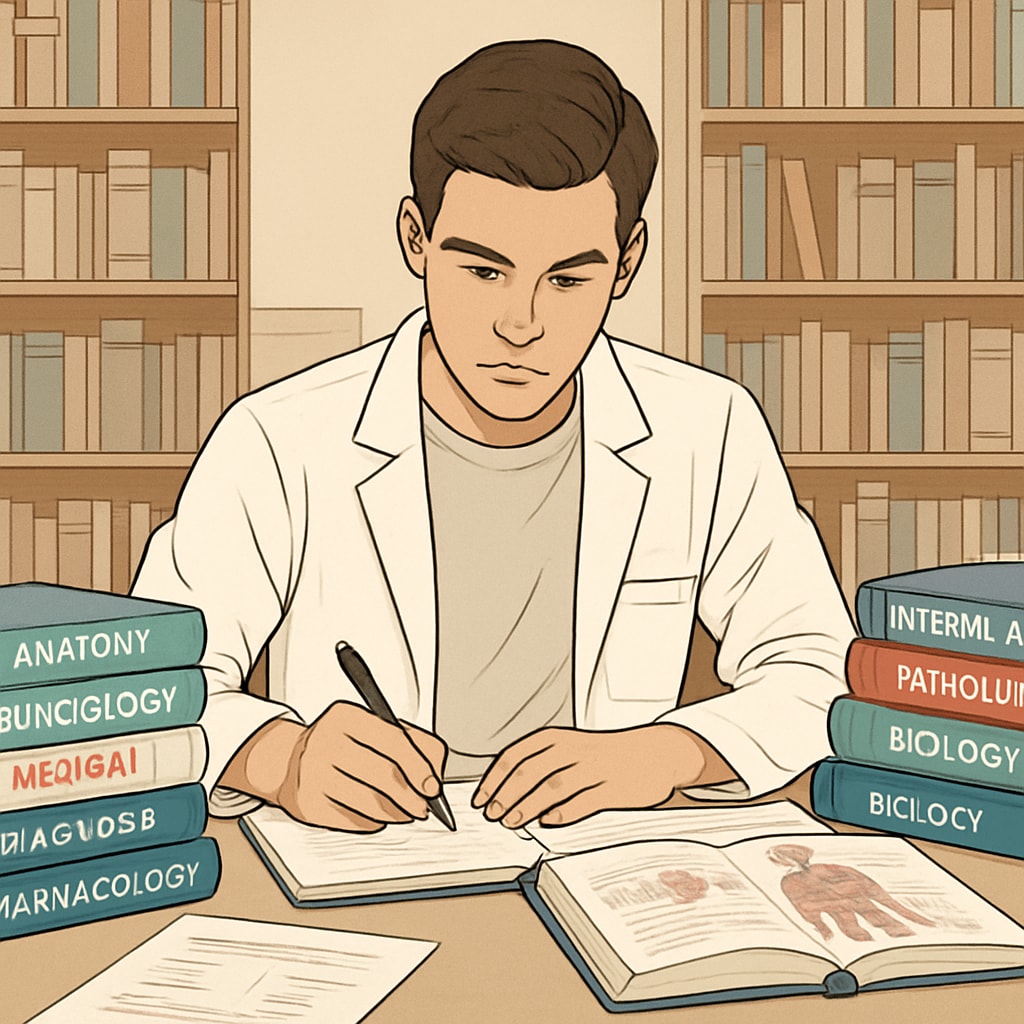Pursuing a medical career can be challenging for anyone, but for students facing learning disabilities, coupled with family pressure, the journey can feel nearly impossible. The intersection of these challenges often creates a unique blend of educational obstacles, emotional struggles, and societal expectations. This article explores the complexities of navigating learning disabilities while striving for a medical dream and provides actionable strategies to empower students to overcome these barriers.
Understanding the Challenges: Learning Disabilities and Medical Aspirations
Learning disabilities (LDs) encompass a range of neurological conditions that affect how individuals process information, such as dyslexia, ADHD (attention-deficit/hyperactivity disorder), and dyscalculia. These conditions can hinder academic performance, especially in rigorous fields like medicine that demand precision and extensive memorization. Students with LDs often find themselves struggling to keep up with peers, and this gap can lead to feelings of inadequacy or frustration.
Add to this the pressure of meeting family expectations. In many cultures, pursuing medicine is seen as a prestigious and stable career choice, and families often push their children toward this goal. For students with LDs, the combination of personal struggles and external expectations can create significant stress, often impacting mental health and motivation.

Structural Limitations in the Educational System
While progress has been made in accommodating students with learning disabilities, the educational system still poses significant challenges. For example:
- Standardized Testing: Medical programs often require high scores on standardized exams, which can be particularly challenging for students with LDs.
- Rigid Curriculum: Few institutions offer flexibility in course pacing or alternative learning methods for students with disabilities.
- Lack of Awareness: Not all educators or administrators are trained to identify and support students with LDs, leading to inadequate accommodations.
These structural barriers highlight the need for systemic reform to provide equitable opportunities for all aspiring medical professionals, regardless of their learning abilities.

Practical Strategies for Students and Families
Despite these challenges, it is possible for students with learning disabilities to pursue and achieve their medical dreams. Here are some strategies:
- Seek Accommodations: Most institutions offer accommodations such as extended test times or alternative formats. Utilize these resources to level the playing field.
- Find Mentors: Connect with medical professionals who have overcome similar challenges. Their guidance can provide valuable insights and inspiration.
- Develop Resilience: Building emotional resilience is crucial. Techniques such as mindfulness and therapy can help manage stress and maintain focus.
- Communicate with Family: Open conversations about personal struggles and aspirations can help align family expectations with realistic goals.
In addition, families must educate themselves about learning disabilities and adjust their expectations to support their child’s unique journey. Encouragement and understanding can make a significant difference in fostering confidence and perseverance.
Looking Ahead: Advocating for Systemic Change
While individual strategies are essential, broader change is needed to support students with learning disabilities in pursuing medical careers. Advocacy efforts should focus on:
- Increasing accessibility in medical education through flexible curricula and inclusive learning environments.
- Training educators and administrators to better understand and accommodate learning disabilities.
- Promoting awareness and acceptance to reduce stigma and create supportive communities.
By addressing these systemic issues, we can pave the way for aspiring medical professionals to thrive, regardless of their personal challenges.
In conclusion, the journey to becoming a medical professional is demanding, but students with learning disabilities can succeed with determination, strategic planning, and family support. Recognizing the importance of systemic change and advocating for inclusivity will ensure that all students have the opportunity to achieve their dreams.
Readability guidance: This article prioritizes clarity and accessibility, using short paragraphs and bullet points to summarize key ideas. Transitions such as “however” and “for example” are incorporated to enhance flow, while actionable strategies provide practical takeaways for readers.


